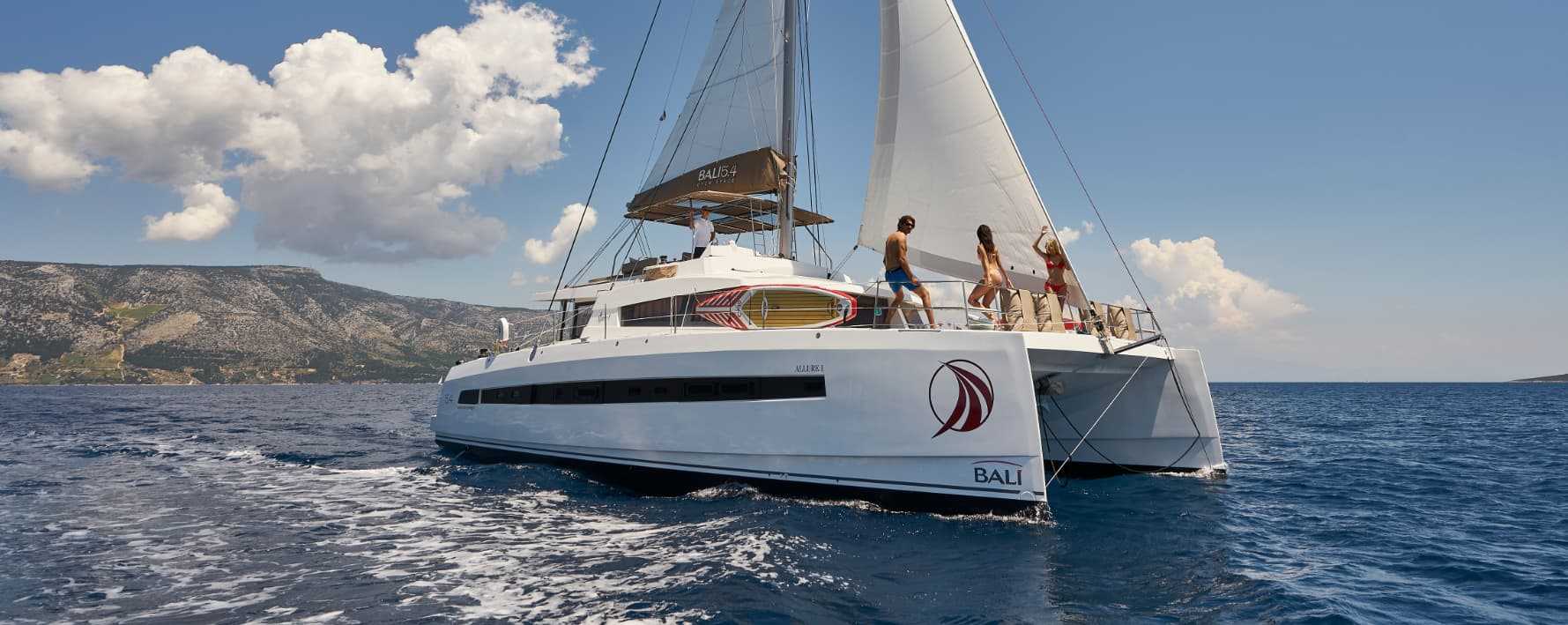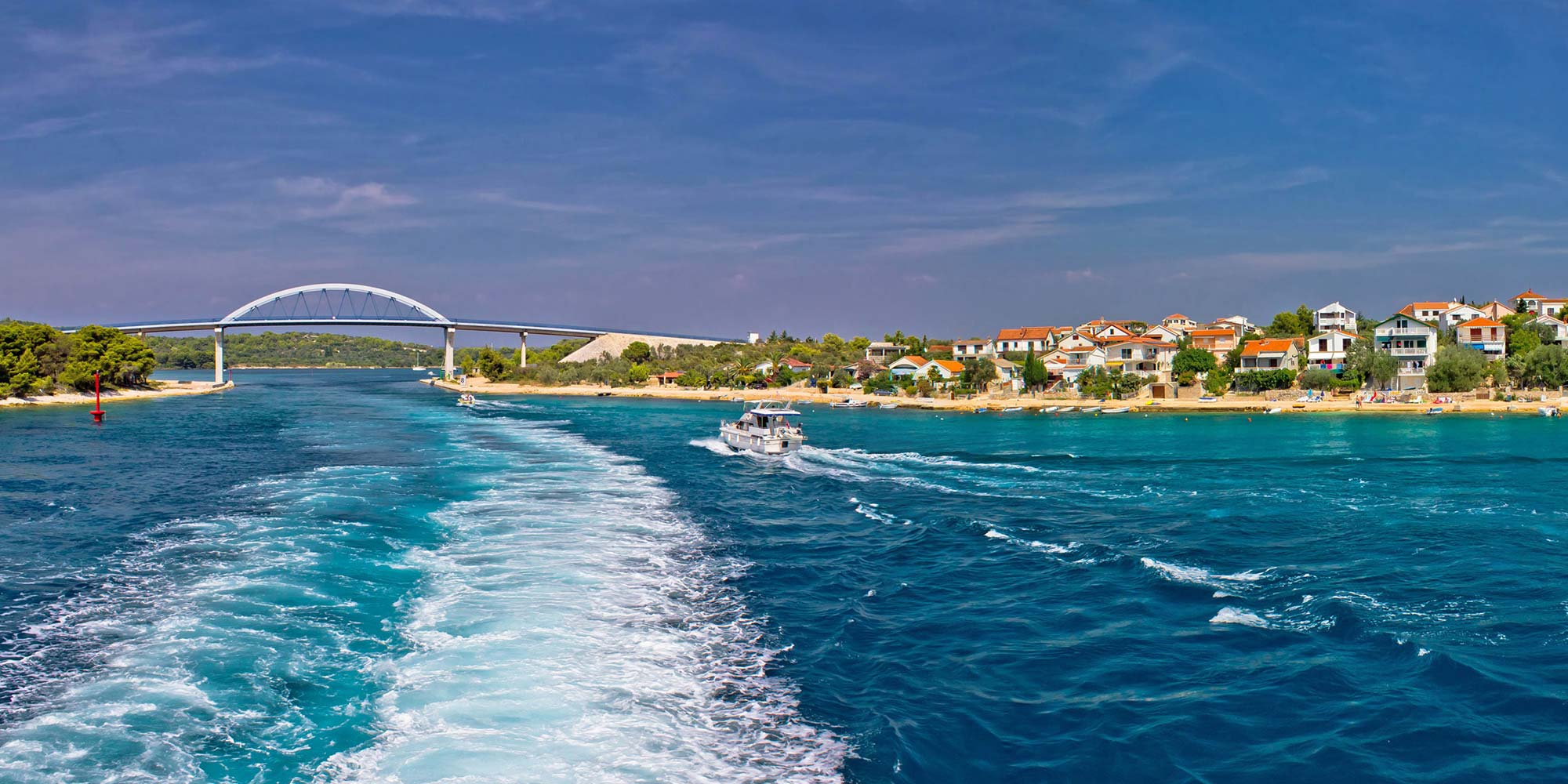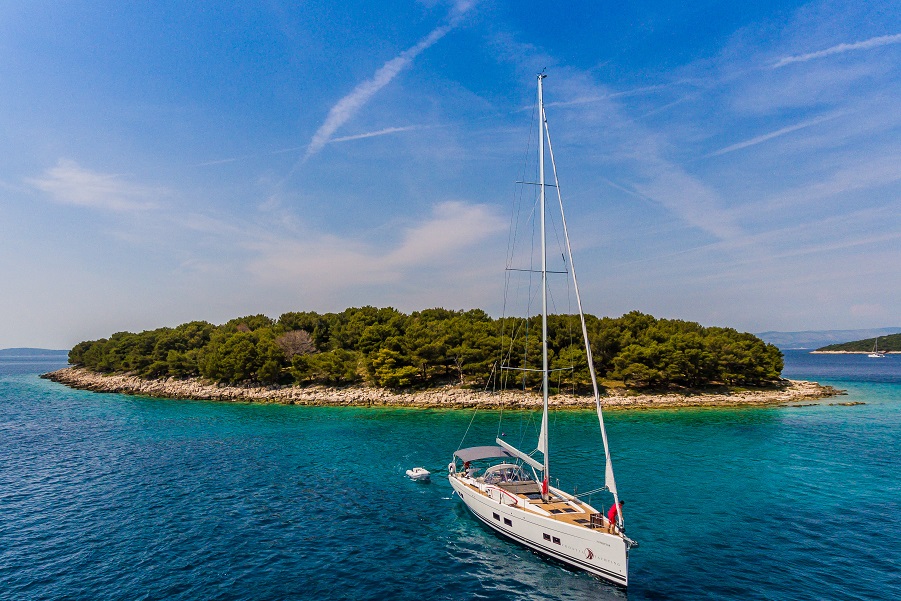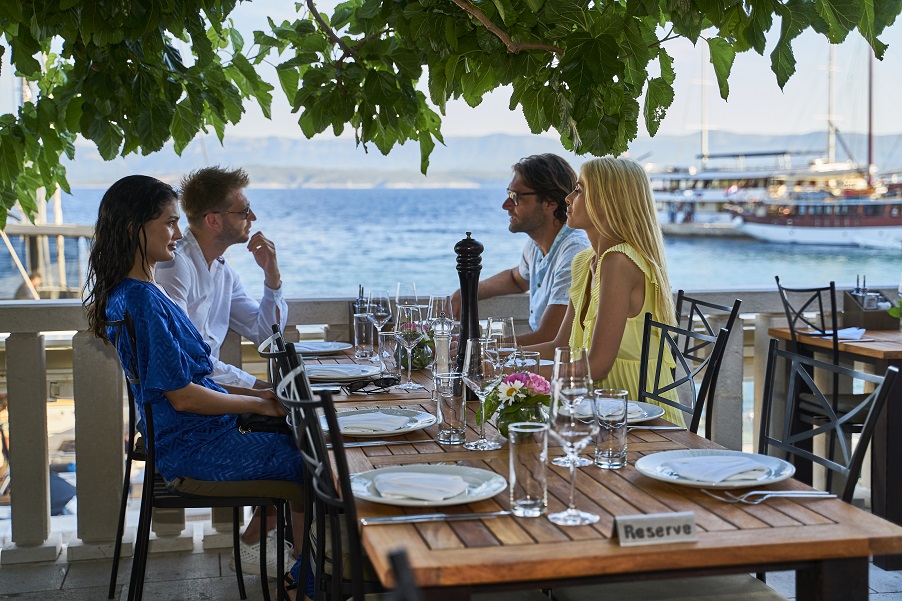What to see in Biograd?

Sailing in Croatia: One of the Best Experiences You Can Have Here – So Pack Up for the Best Time of Your Life!
Where to Go in Biograd and What to See?
As a seaside resort, Biograd has impeccable credentials. And Biograd's position near the Kornati Islands, the Velebit, Paklenica and Krka National Parks, and the historical cities of Zadar, Sibenik, and Nin make it a good choice as a base for exploring the area.
It was first mentioned as a Croatia town in the 10th century. It was once a city of Croatian kings, today Biograd is a strong and modern tourist centre and the seat of the eponymous Riviera. This picturesque town lies on a peninsula surrounded by modern marinas and a promenade from which spreads an unforgettable sight to the Pasman channel and little islands scattered all over it.
This area, like only a few parts of the Mediterranean, offers excellent marine tourism and sailing possibilities because of its location on the best-indented part of the Croatian Adriatic.
Biograd is famous for its cultural and historical heritage that testifies about its turbulent past. A town in the centre of the Adriatic is a promised land for people who want to enjoy in the crystal clear water and who prefer a dynamic and interesting vacation
Let's start at…
Galešnjak - The Lover`s Island in Croatia
It is a desert island with shrubs. And yet it is one of the most popular islands on the planet right now, its distinction is its unique shape. It is the most heart-shaped island on the planet. Galešnjak is uninhabited. It does not have any tourist facilities or any sort of man-made structures. Galešnjak is surrounded by the emerald-blue waters of the Pašman channel. They give it an idyllic, paradise-like feel. It is this atmosphere which makes all who visit Galešnjak not wish to leave.
Vransko Lake- Nature Park
This is the largest lake in Croatia. The lake is shallow, and therefore its entire bottom remains within reach for all waders which feed by diving. Hills to the east from the lake have areas covered with macchia. An ornithological reserve separated from the mainland near Pakoštani by a narrow strip of land. The lake is unique for its position and characteristics not only in Croatia but also in other parts of Europe. It is a karst valley filled with brackish water and is below sea-level.
Kornati
The Kornati Islands National Park is a unique island chain off the coast of Biograd in northern Dalmatia. The park is one of Croatia’s most loved areas for sailors. Declared a National Park in the early 1980s, the protected area makes up most of the archipelago’s 89 islands. Perhaps one of the most appealing things about visiting the island chain is that they are, for the most part, uninhabited. Only during the harvest season of olives, figs and wine grapes do people take temporary residence on the islands.
Telašcica
Telašćica Bay is situated in the central part of east Adriatic coast, in the southeast part of the island Dugi Otok. Thanks to its extreme beauty, richness and importance, this bay, surrounded by 13 islands and islets, together with 6 islets inside Telašćica Bay, was proclaimed a Nature Park in 1988. Three basic phenomena characterize this area: the unique Telašćica Bay as the most protected, beautiful and largest natural harbour in the Adriatic, comprised of 25 small bays; the cliffs of the island of Dugi Otok that rise 161 m above sea level and then sink to a depth of 90 m below sea level; and last, but not least, there is the salt Lake Mir with its therapeutic properties.
Pasman Islands
(pronounced Pash-man) is another island in lovely Zadar Archipelago, separated from the mainland by the Pasman channel, located south of Zadar towards Biograd Na Moru. The island has just over 2000 permanent residents and covers the area of about 60 square kilometres. Pasman is connected to the mainland by a small bridge over Zdrelac strait where about eight buses daily run from Preko on the mainland to Pasman.
Cultural Monuments- Biograd
In Biograd there are honourable church buildings:
- Church of St. Anastasia (Župna crkva Sv. Stošije – 1761)
- Early Romanesque church of St. Anthony (Crkva Sv. Ante -13th century)
- Church of St. Roch (Crkva Sv. Roka – 16th century)
- Basilica of St. John the Evangelist (Bazilika Sv. Ivana Evanđeliste -11th century), which survived the looting in Venice in 1125.
To learn more about the history of the town Biograd you can find in the Museum of Natural History, which is located on the coast. During the summer months is Museum open in the evening hours.
In 1202, the city of Zadar (Zara) was occupied by the Crusaders of the Fourth Crusade and most of the citizens took refuge in Biograd. When people return to a renewed Zadar, Biograd was called old Zadar, Zaravecchia.
During the 13th and 14th century Biograd was ruled by the dukes Šubić of Bribir, dukes of Cetina, Knights Templar of Vrana. In 1409 the town was incorporated in the Republic of Venice and remained its property until its downfall in 1797. Biograd was destroyed and burned in 1521 and 1646 during the Venetian-Turkish wars. In the 16th and 17th century, the Croatian Army was formed in Biograd and was very involved in the war against the Turks. In the period 1991-1993, the Serbian forces inflicted considerable damage by long-term bombardment, during the Croatian War of Independence.
The town's native name fully translates as "the white town on the sea".
Biograd beaches
Biograd is one of the few cities in the region, if not the only, that can claim to have several pristine beaches in the near vicinity of the city centre. About three kilometres away from the city centre there is another splendid beach located in a sandy cove surrounded by pine forest – Crvena Luka.
- Soline Beach
- Dražica Beach
- Crvena Luka Beach
- Bošana Beach
















